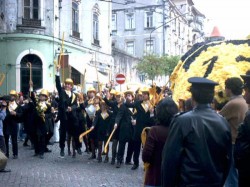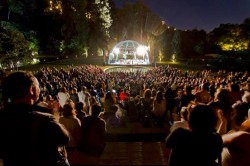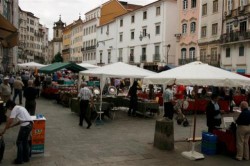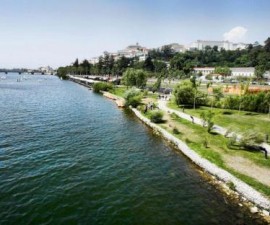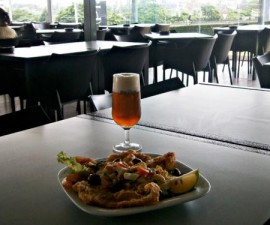Coimbra’s long heritage has given rise to a wide variety of events and festivals that take their place in the modern-day cultural calendar. The University of Coimbra is the oldest university in Europe, so it is no surprise perhaps that many of the events and festivals that take place in the city are linked in some way to the university or its student population.
For anyone visiting, this makes for a fascinating and enjoyable stay with plenty to do and see whenever you visit. Whether you are in search of religious festivals, fine arts showcases, theatre, music or university traditions, there is no shortage of Coimbra festivals from January to December.
The year begins, like in many other cities of Portugal, with a huge party to celebrate the New Year. Parties in the street are accompanied by fireworks, with few, not even children, tucked up in bed before the chimes of midnight.
Semana Santa, or Holy Week, is one of the largest events in the religious calendar and takes place in Easter. Despite the serious religious aspects of the death and resurrection of Christ, there is an uplifting atmosphere to the ceremonies and processions that mark Semana Santa in Coimbra.
May brings the first of the major student celebrations, the Queima das Fitas, or Burning of the Ribbons. The Queima das Fitas is one of the oldest and most famous student festivals and indeed one of the biggest of the year in the city. Organised by members of the student union, it begins at midnight on the first Friday of May and lasts for eight days, one for each of the University of Coimbra’s faculties.
The beginning of the festival is marked by a night-time Fado session in the square of the Old Cathedral, which is attended by the students, dressed in their black capes, and thousands of members of the general public.
Eight days of partying ensue, aided by liberal amounts of beer, which is supped by the Coimbra university students and other visiting groups of students from leading universities all over Portugal.
June brings the International Jazz Festival to Coimbra, where the best jazz musicians and music lovers converge for a weekend of live music and partying against the backdrop of one of the country’s most romantic and picturesque cities.
International Jazz Festival events take place all over the city and are both ticketed and free entry, ensuring that even visitors who arrive in the city unprepared are able to find somewhere to join in the festivities.
The summer season continues with more music and dance, with weekly Fado concerts in the old town, a dance festival and a week of classical music and opera performances in the main square of the old university.
Many of these come under the banner of the Coimbra Arts Festival, which also stages art exhibitions, cinema screenings, educational activities, a conference, cookery demonstrations, and plays. The Coimbra Arts Festival was established only relatively recently but has grown since its inception to become one of the most important events in the city’s rich cultural calendar.
The Praça do Comercio is an expansive square in the centre of Coimbra, filled with artisanal shops, restaurants, and cafés and makes for a great place to hang out, shop and people watch all year round.
The Praça do Comercio comes into its own, however, during July, when it fills with stalls selling arts, crafts and gastronomic delicacies from the local area. The square also hosts a flea market on the fourth Saturday of every month, which is well worth taking the trouble to visit if you happen to be in Coimbra at the right time.
Things settle down a little in September, as the town gets ready to welcome back its student population, before the Coimbra festivals begin again with the Festa das Latas, or Latada, as it is known locally. The Festa das Latas is marked by a week of concerts, cultural activities and sports matches, and is the student body’s ritual of welcoming new students to the university.
The culmination of the festivities comes with a procession through the city, with the new students dressed up as animals and trailing cans in their wake. When they reach the banks of the River Mondego, the older students, known as “godfathers” and “godmothers” baptise their “children” with water from the river — with the aid of a chamber pot no less!
